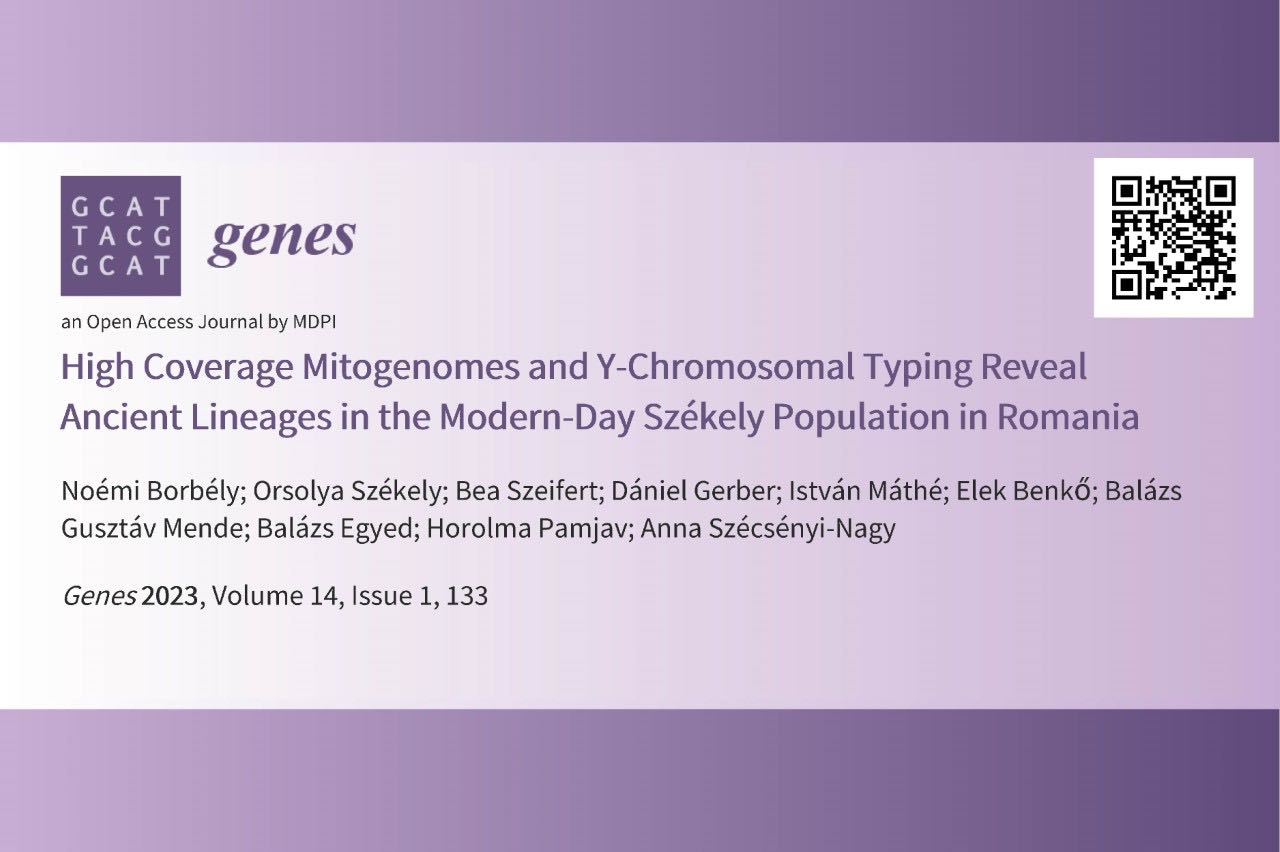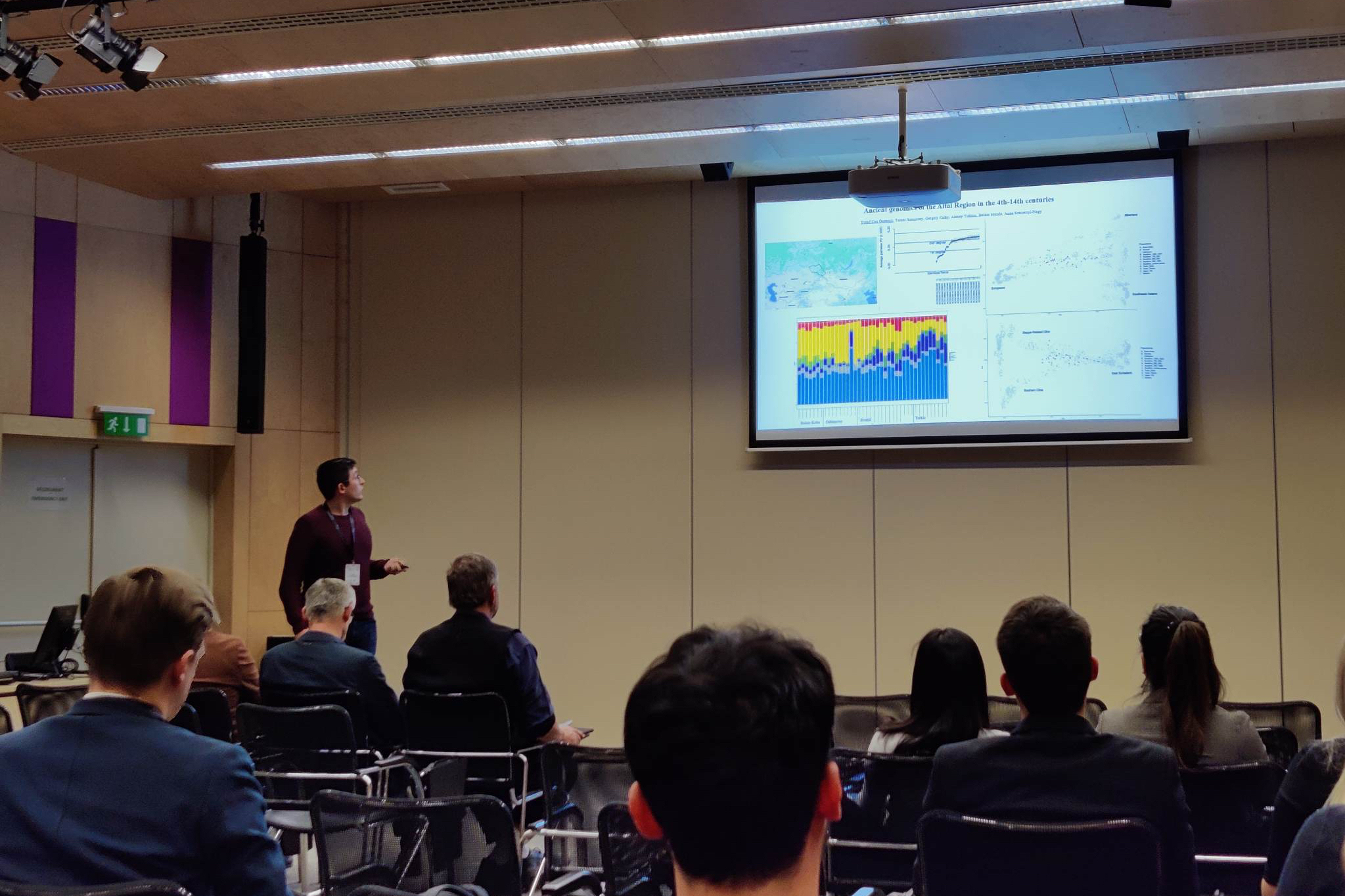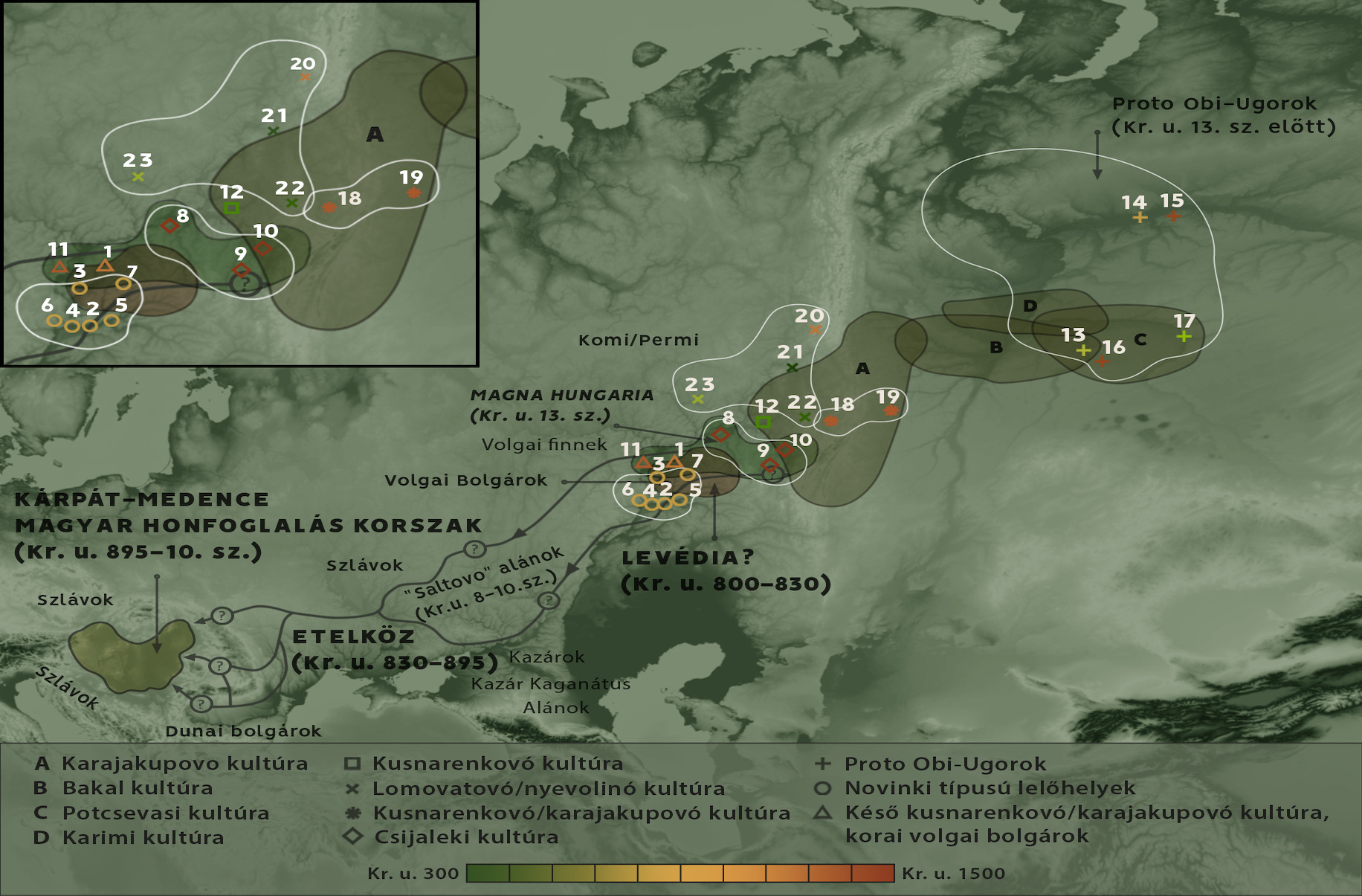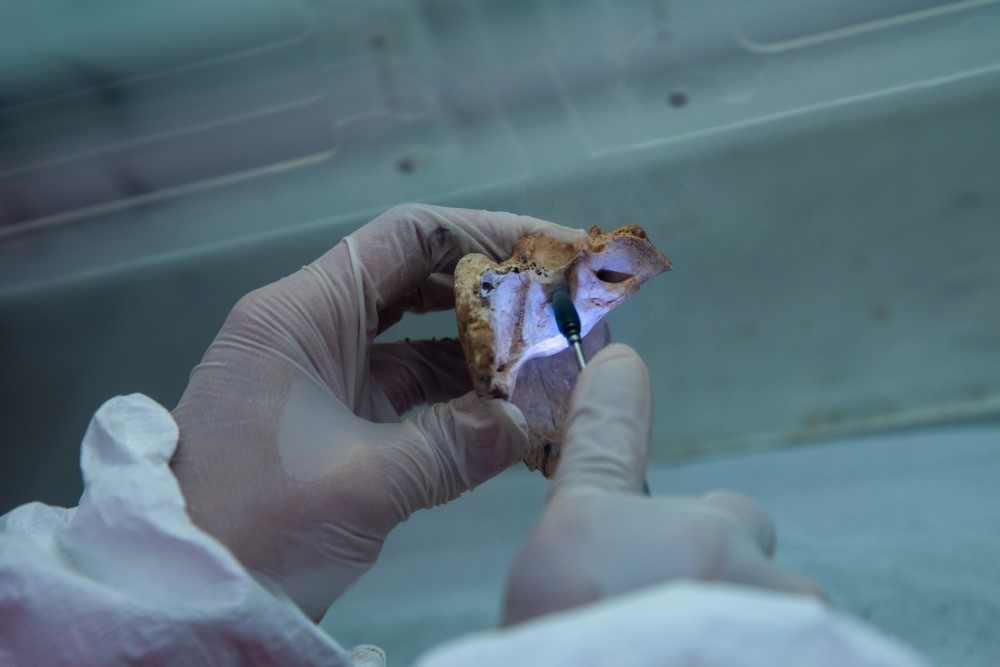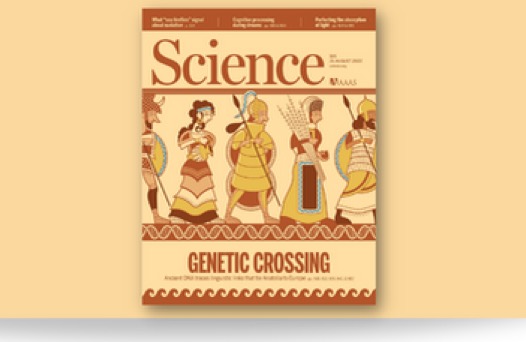
Researchers from the Institute of Archaeogenomics of the Research Centre for the Humanities (IAG RCH), Eötvös Loránd Research Network (ELKH) and the Institute of Biology of the Faculty of Science, Eötvös Loránd University (ELTE TTK) as part of an international research team of more than two hundred members, have investigated the cultural and genetic interactions of prehistoric, ancient and medieval populations living in the area that forms a bridge between Europe and Asia - the so-called Southern Arc.
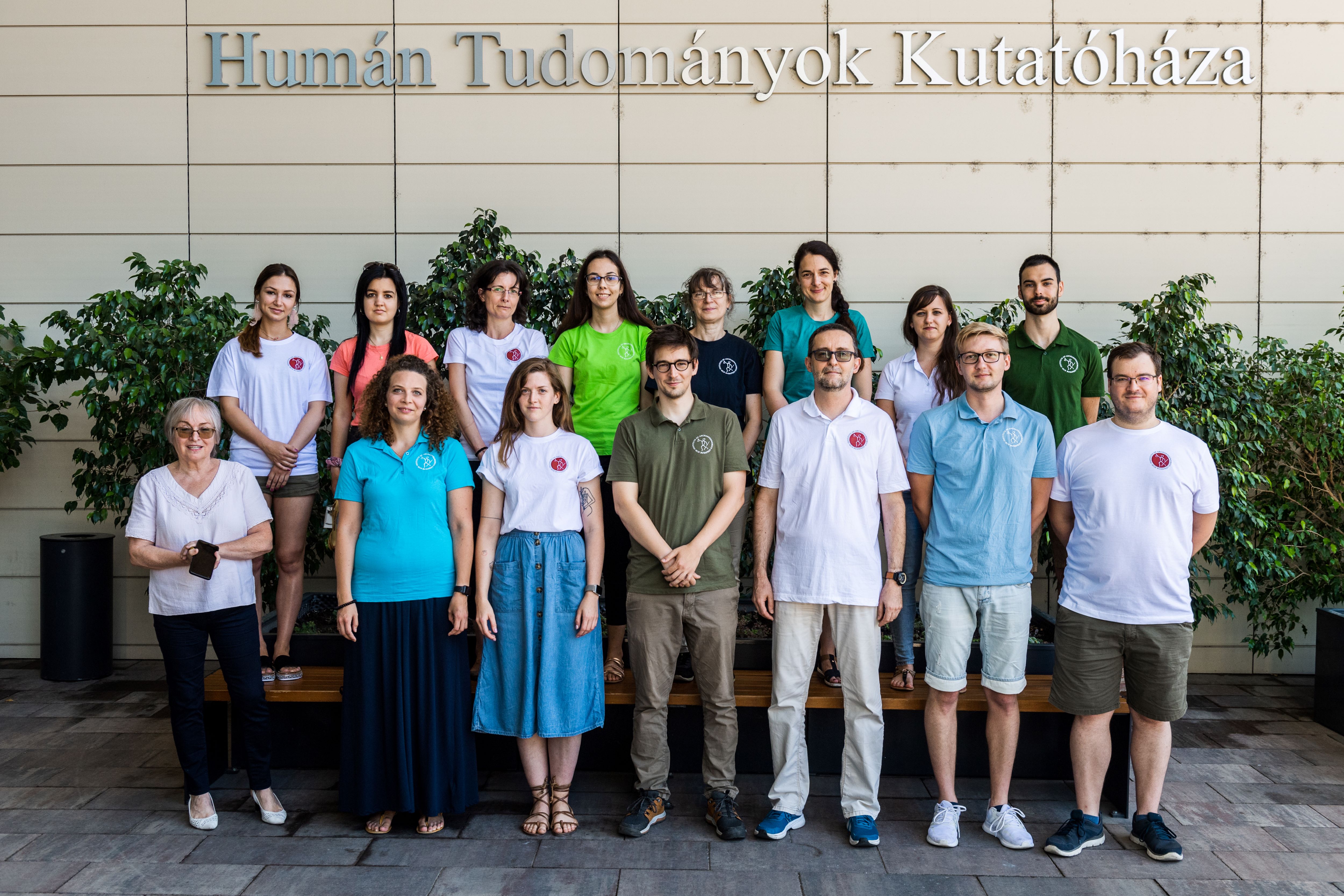
An article by director Anna Szécsényi-Nagy was published in the spring issue of the Hungarian Archeology, in which the Institute of Archeogenomics and its current research are presented.
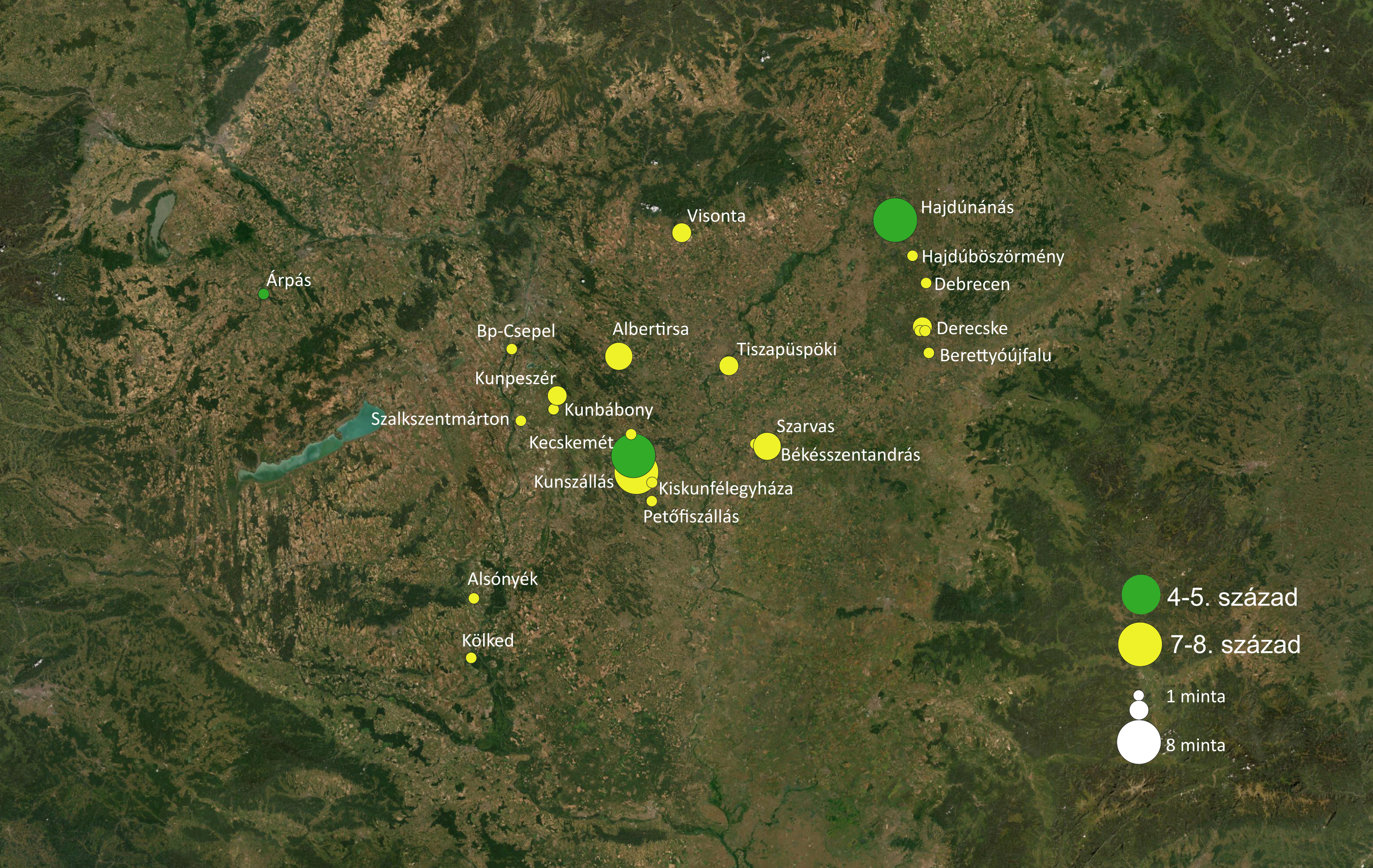
,Who were the Avars? Less known than Attila’s Huns, they were their more successful successors, who ruled much of Central and Eastern Europe for almost 250 years. We know that they came from Central Asia in the sixth century CE, but ancient authors and modern historians debated their provenance. Had their core group arrived from Western Eurasia, or were they descendants of the Mongolia-based empire of the Rouran, known as formidable enemies of China?
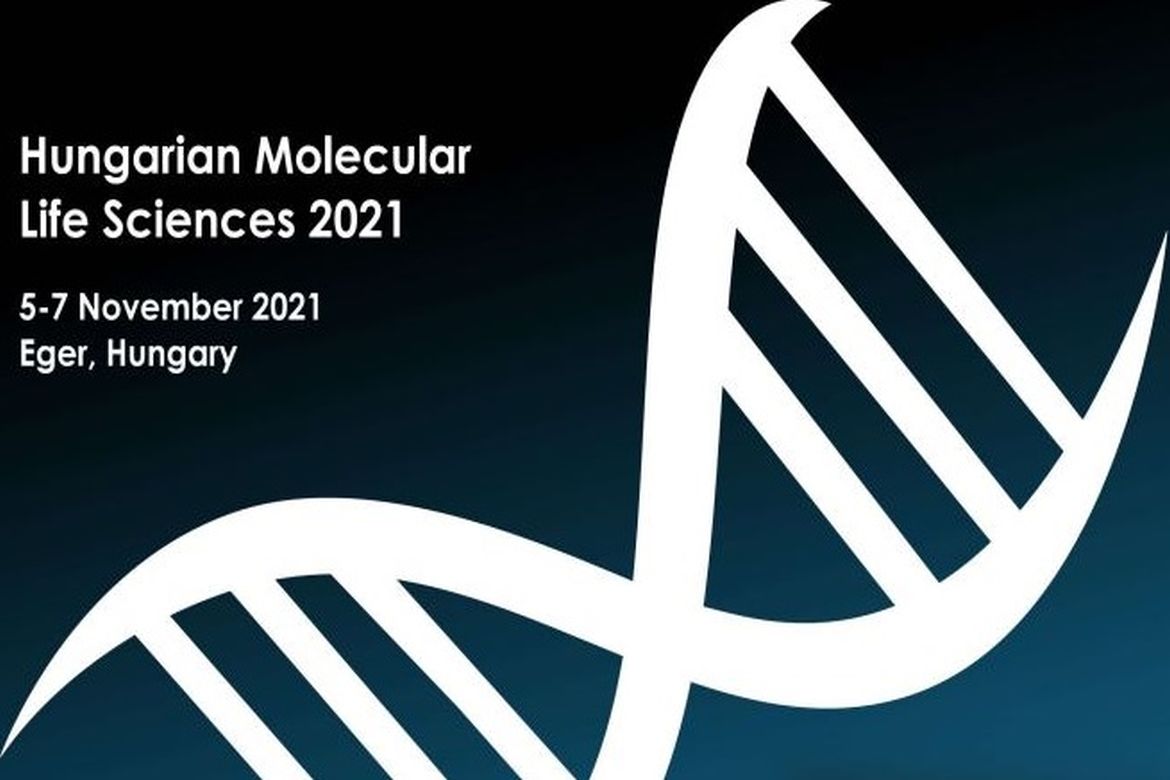
Six members of RCH IAG participated in the Hungarian Molecular Life Science Conference from November 5th to 7th, 2021, in Eger where projects of the Institute of Archeogenomics were presented to representatives of the life sciences.
Through lectures by Dániel Gerber and Bea Szeifert and posters presented by Noémi Borbély and Erzsébet Fóthi, researchers and students gained insights into the population genetics research conducted at our institute, spanning prehistoric, early medieval, and present-day periods.
More Articles …
Page 6 of 7



